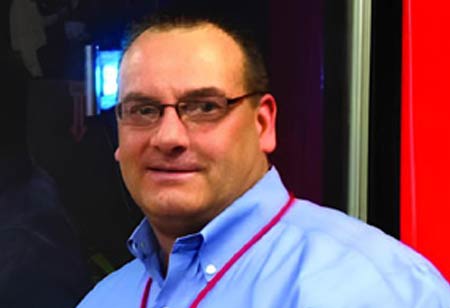

Thank you for Subscribing to Environmental Business Review Weekly Brief

My food manufacturing journey started in 2006 in dairy manufacturing, which progressed into juice manufacturing, RTE, non-RTE, desserts, proteins, and bakeries, and in each manufacturing environment, Clean In Place (CIP) systems were prevalent in one way or another.
My first job was in the dairy, where I managed our clean-out-of-place (COP) tank, and later, I started training to operate our three separate CIP systems. When I transitioned into the juice processing environment, I was inundated with even more CIP than the dairy facility I had worked at. Later in my career, when I eventually began assessing sanitation programs and CIP/ COP systems, I realized (industry-wide) that there weren’t enough trained personnel to properly operate or maintain these systems. As such, mis-designation of these systems started to occur (CIP to ACS – Assisted Cleaning System). This mis-designation was directly correlated to the lack of knowledge and understanding of CIP systems. Another factor that appears to be contributing to this is experienced persons leaving or retiring from the industry and/or lack of proper training platforms, thus severely limiting the industry-wide “pool” of CIP SMEs. As my career progressed, I realized how critical these systems are and, ultimately, how “misunderstood” they are becoming and the problems that can arise from that misunderstanding. My observations have led me to understand possibly one type of reasoning for re-designation of these systems. During regulatory audits, when a facility states they do not have a CIP system but an ACS system, the section addressing CIP in the audit process is, at times, bypassed (which also leads to questions concerning the auditor’s understanding of what a CIP system truly is). Our industry understands that any cleaning process or procedure needs to be verified and validated, and that is no different for CIP systems.Proper training courses concerning CIP systems are hard to come by, and the few available courses touch the surface of what these systems are and how to operate and maintain them